In an emergency, you will need some basic supplies. You may need to get by without power or tap water. Be prepared to be self-sufficient for at least 72 hours.
Be prepared. Stay safe: Emergency kit
It is important that you and your family are prepared for any emergency. We’ve created an easy checklist to follow for assembling a well-stocked emergency kit.
Essential kit items:
- Water – 4L per person per day (for 3 to 7 days)
- Food – canned and non-perishable items (supply for at least 3 days)
- Manual can opener
- Flashlight – hand-crank or battery-powered
- First aid kit
- Radio – hand-crank or battery-powered
- Batteries (various sizes), phone charger battery pack
- Matches, lighter, candles
- Spare keys (house, vehicle)
- Cash (bills & coins) (ATMs & Credit systems may be down)
- Knife or multi-tool
- Rolls of toilet paper
- Hand sanitizer
- Garbage bags/Ziploc bags
- Whistle
- Set of 2-way radios, with batteries
- Notepad and pen
- Copies of important papers (wills, insurance policies, ID, etc) Stored in a water-proof container.
- Home emergency plan, with emergency contacts list
Special essential items:
- Basic toiletries
- Masks, soap, hand sanitizer, disinfecting wipes
- Medications (prescribed as well as a supply of over-the-counter drugs such as pain relievers, anti-diarrhea medication, antacids, or laxatives)
- Medical needs: Back-up medical supplies or equipment – with power source if required
- Children: Infant food/formula, diapers, wipes, bottles, comfort items
- Pets: Pet food, supplies, medication
Additional items to consider:
- Blanket or sleeping bag per person
- Camp stove & fuel (remember to only use outdoors in well-ventilated area)
- Generator, with extra fuel
- Seasonal clothes and footwear, including winter hats & gloves
- Playing cards or small board game(s)
- Water purifying tablets
- Household chlorine bleach
- Roll of duct tape
- Tarp
- Rope or string
- Work gloves
- Fire extinguisher
Storing your kit:
Find a container to store all your items in one place. A backpack or something with wheels will make the container easier to transport.
Find a central, easily accessible place to permanently store your Emergency Kit. You need it to be out of the way of daily life, but easy to access in the event of an emergency. Ensure everyone in your home knows where it is stored.
Check the contents twice a year to refresh food, water and batteries and double check any medications, etc.
Hot tip: You should check your kit twice a year to ensure food safety, battery power, etc. An easy way to remember is to schedule your Emergency Kit refresh to happen when you change your clocks in the spring and fall.
Be prepared. Stay safe: Home emergency plans
Every Ottawa resident should have a home emergency plan in place for their safety. In the middle of an emergency, having all your key information in one place will be a huge time saver and provide peace of mind. Think of this as your playbook for how you and your family will respond during a crisis.
Use this guide to fill out the essential information you need to be prepared for any emergency. Print and keep a copy in your home emergency kit. You may want to store a duplicate copy in another place – like your vehicle or workplace – so you have it on hand when you most need it. Keep an electronic version on your computer (on your computer or smartphone) if you completed your plan online.
Health and special medical needs
While you may live independently and worry-free most of the time, being prepared for unique needs that may maintain your health in an emergency like a power outage is vital. For example, a power outage with no backup plan could mean a medical device you need is not charged or inoperable.
In addition to your family, establish a support network of neighbours, friends, relatives, healthcare providers, and co-workers who understand your unique needs. Include details in your emergency plan about your medical conditions, allergies, surgeries, family medical history, medications, health screenings, recent vaccinations, emergency contacts and insurance information. Include special needs for all household members in the plan.
Hot tip: Pharmacies may be closed for some time, even after an emergency. Consider talking to your doctor about having an extra two-week supply of medications and medical supplies on hand. Include prescriptions, medical documents, and the health information above that you can store in your emergency kit.
Plan for children
If an emergency occurs during school hours, you may need to be in contact with your children’s school or daycare.
You may need someone to pick your children up from daycare or school. Make sure the school or daycare has up-to-date contact information for you and other adults you have authorized on the pick-up list at the school or daycare. Make sure to provide any special instructions for pick-up (teacher/caregiver, school/daycare address, meeting place):
Plan for pets
If you are a pet owner, your pets are important family members. Make sure they are part of your plan. The most important thing you can do to protect your pets is to take them with you if you need to evacuate. This requires planning, as pets are not allowed in some public shelters or hotels. Plan to bring your pets to a relative or a friend's home, or identify a "pet-friendly" hotel, boarding facility, or emergency shelter in advance.
List the name, breed, colour (or identifying marks) and animal registration.
Hot tip: Not only should you have food and water for yourself and your family in your household emergency kit. Make sure you have food and water stored in your kit for your pet(s).
Emergency exits
You and your family should make a main plan and an alternate plan showing all the exit routes from your home – consider each bedroom.
If you or someone in your home is unable to use the stairs, have a plan in place and ensure your neighbours are aware so they can help in an emergency.
You may also consider identifying an evacuation route from your neighbourhood in case you need to leave in a hurry.
Emergency meeting places
If the emergency calls for you and your family to evacuate your home, have an agreed-upon emergency meeting place. Make sure all family members know where it is and can make it to that place, even if they are children and unattended.
Your family may not be together when an emergency occurs. Have a plan for how to meet or contact one another and discuss what you would do in different situations. Identify safe places where everyone should meet if you cannot go home, or you need to evacuate from your home.
• Safe meeting place near home:
• Safe meeting place outside the immediate neighbourhood
Household logistics details
In addition to your 72-hour emergency kit , it is essential that you have other details and equipment in place and have a good understanding of the working mechanics of your home.
Ensure you have working smoke alarms and carbon monoxide detectors throughout your home – check them twice a year. It helps if you also have a working fire extinguisher – ensure that everyone in your family knows where it is stored and understands how and when to use it. Make sure you check the expiry date on your extinguisher. You can always contact your local fire department for more information.
It is also a good idea to have a well-stocked first aid kit in an accessible place in your home (in addition to the one in your emergency kit).
Hot tip: A grab-and-go bag is a small emergency kit that’s easy to take with you in case you need to leave immediately. It should be light and easy to carry but contain a few essentials, like some food and water, a phone charger and battery pack, a flashlight with extra batteries, a small first aid kit and personal medications, some cash, a hand-crank radio and copies of our emergency plan and your important documents.
Emergency contacts
Identify someone who lives in your community, whom you know well and whom you trust. You could choose a good friend, a relative or a neighbour. NOTE: Be sure to discuss and get agreement from each person before you list them as an emergency contact.
You should also identify an emergency contact who lives further away, outside your community. This person should live far enough away that they won’t be affected by the same emergencies. That way, if local communications networks aren’t working, everyone in your home can contact the same person, gather information and check in.
Outside of community contact
Below is a list of vital numbers and sources for the information you may need to reach out to or rely on during an emergency. Add others that are relevant to your community.
Local emergency numbers for Ottawa
- Call 9-1-1 to report life-threatening emergencies
- Ottawa Police – 613-236-1222
- Hydro Ottawa Outage line – 613-738-0188
- Enbridge - 1-866-763-5427
- City of Ottawa – 3-1-1
- Emergency Management Ontario – 647-329-1100 / Toll-free 24-Hour line: 1-800-565-1842
Make copies of important documents
Make copies of birth and marriage certificates, passports, licences, wills, land deeds and insurance. Take photos of family members in case a missing persons record is created. Keep them in a safe place, both inside and outside your home. You might want to put them in a safety deposit box or give them to your out-of-town emergency contacts.
Generating power for your home
In the event of a power outage, having a generator can help keep you connected when you need it most. When you consider all the electrically powered devices you and your family rely on every day, having the ability to keep them running in a crisis can keep your family safe and save you money. Electricity is keeping the food in your refrigerator cool, your heating and lights on, your mobile phones charged, and powering your access to news and internet sources.
Having a plan in place should an extended power outage happen may include a generator to power vital devices in your home during an emergency.
Know your generators
There are many types of generators. Choose the one that works best for your needs:
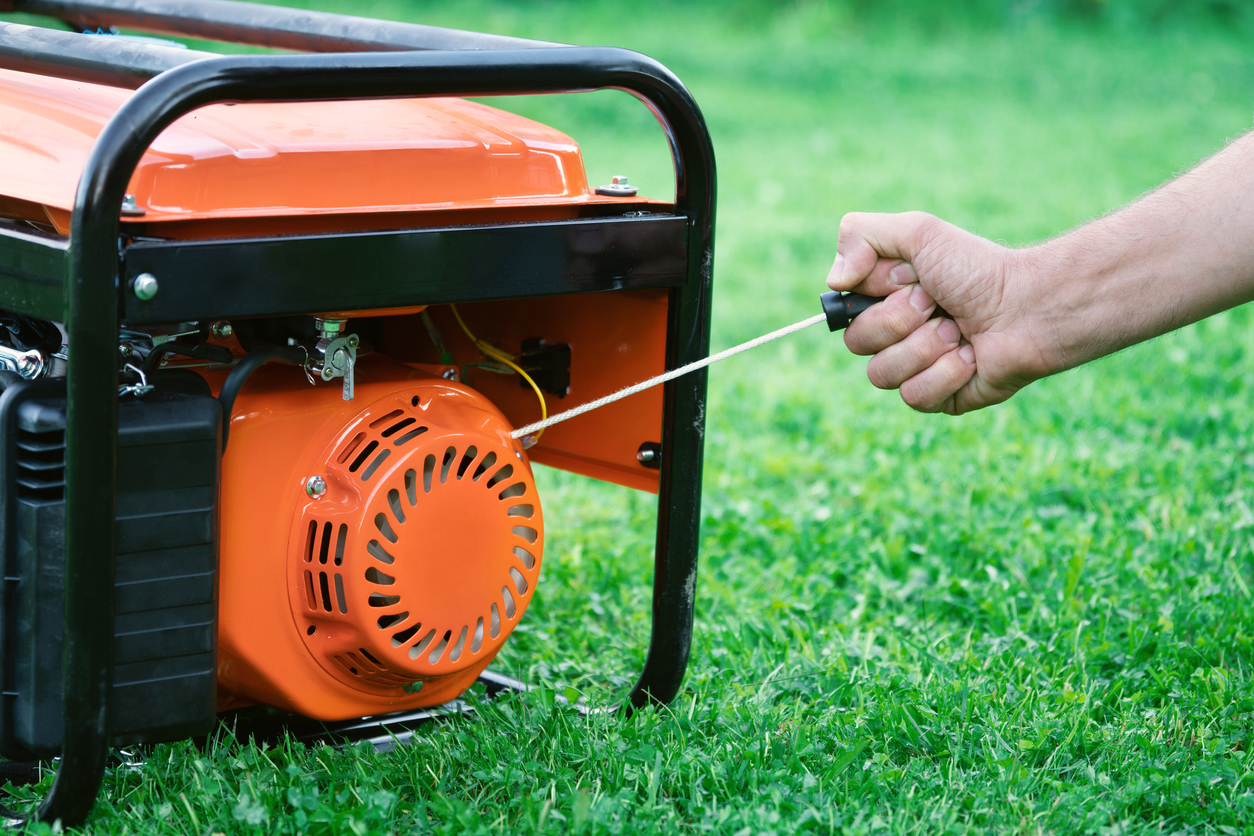
Portable generators: Commonly used by campers and homeowners, these power sources are convenient, affordable, and portable. Usually powered by gas or propane, they are easily booted up and ready to jump into action when you need them most. Their output is reliable, but it does err on the smaller side, able to power devices like kitchen appliances, power tools, lights, or phones.

Standby generators: A level up in power from portable generators, they also run on propane or natural gas. These generators are particularly convenient because they will automatically start when you need them and turn off when you don’t. They are permanently installed as part of your house’s power supply. This also means that you don’t need any additional extension cords that can get in the way. These come in a variety of sizes that can cover essential circuits or power your whole house. From cooling your home to heating your food, they can do it all – simultaneously.
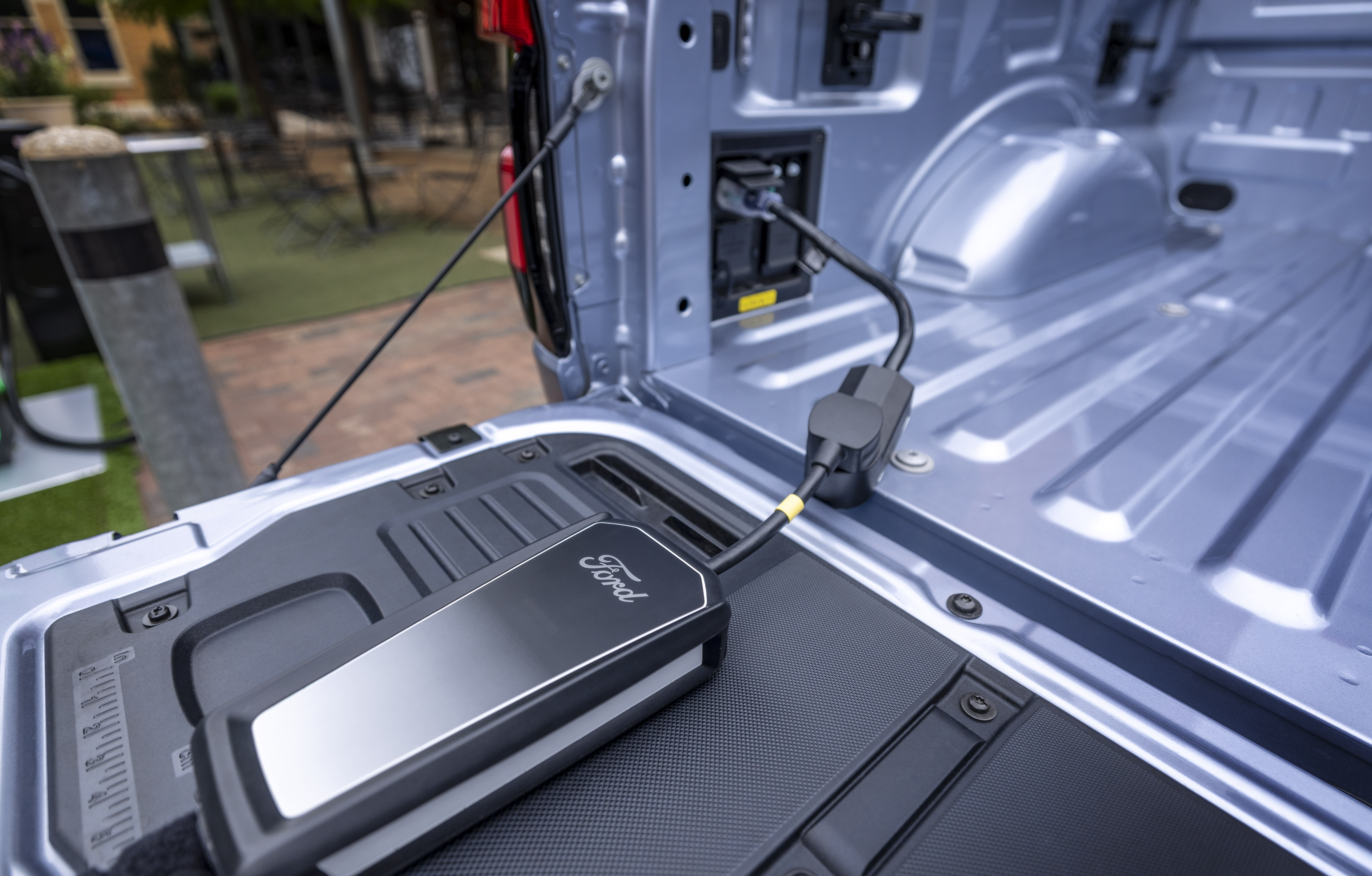
Hybrid vehicles: Some hybrid vehicles now incorporate generators into their new hybrid and fully electric vehicles. The new Lightning F-150s have an onboard generator which produces up to 7.2kW of power when being energized by its running engine. This can be used to power up your home via an extension cord as a portable generator would, or if you prefer to go a more integrated route, you have the option to install a transfer switch which would directly power your selected circuits. In the case of the Ford truck, the dash within the vehicle shows you your consumption and fuel levels.
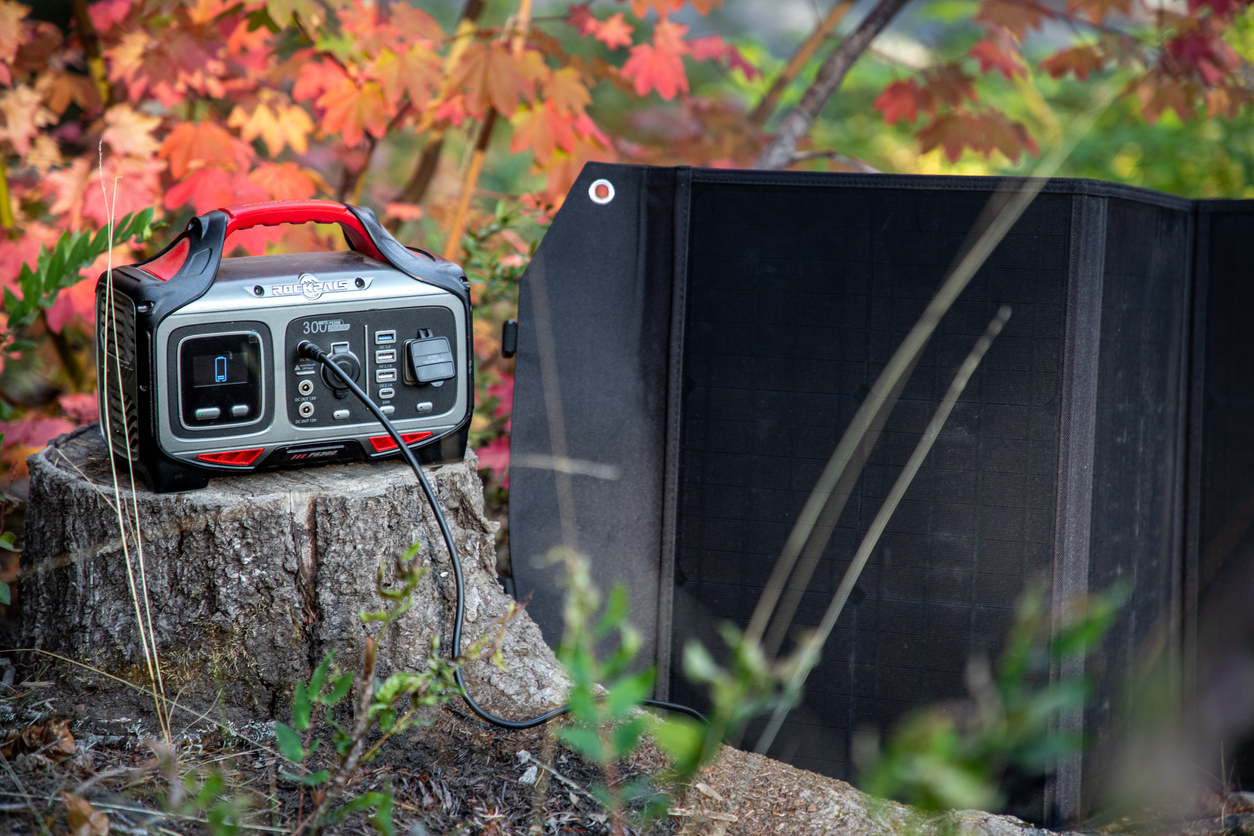
Solar-powered generators: The most earth-friendly option of all, these green power banks don’t output as much energy as some of their fuel-consumption-heavy competitors, but their power source is free. Additionally, because they operate as more of a rechargeable battery, there is no oil or maintenance to upkeep. They are also quieter, lighter, and can be used indoors. In terms of what kind of appliances can run off it, there is a wide range of capacities in the solar world. These machines are measured by the watt-hours that they output. One watt-hour means one watt over an hour of time
All in all, like the generators mentioned above, the more capacity the better when it comes to powering up your home and keeping you and your family safe. You may want to refer to this wattage worksheet to find out how much energy common appliances use.
Be safe. Be prepared.
While generators are a great option for many homes, it is important that you know how to operate your generator safely.
- Make sure the generator you purchase is rated for the power that you think you will need.
- Only use generators outdoors. Exhaust fumes could lead to carbon monoxide poisoning if they are not properly vented. To prevent exhaust gases from entering the house, operate generators in well-ventilated conditions away from windows and doors, and be sure to follow the manufacturer’s instructions.
- Plug your appliances directly into the generator using properly rated Canadian Standards Association (CSA) approved cords.
- Ensure that any generator connected to your home's electrical system is done so through an approved transfer panel and switch that has been installed by a qualified electrician. Generators that are incorrectly connected to the power grid could present a safety hazard to Hydro Ottawa employees and a potential technical risk to the distribution network and neighbouring customers.
- Before using a generator make sure the unit is properly grounded and follow the instructions and electrical codes carefully.
- Make sure to protect the generator from rain and cover it with a canopy if necessary.
- Let the generator cool down and turn it off before refuelling. Never refuel the generator while it’s still hot.
- Store your fuel outside in approved containers. Don’t store any fuel near a fuel-burning appliance or the generator itself.
Floodproofing: Sump pumps and more
If your house has a basement, a sump pump is an important device for many homes. It helps to remove accumulated water from your residential basement during heavy rain and flooding. If the power goes out your sump pump could fail. The solution is a backup system that runs on something other than the house’s power. Having a backup pump ensures that you will not end up with water damage when your primary sump pump fails.
The sump is the pit or hole, generally found below the surface of your basement floor. This is where the sump pump is located. When water levels rise, the sump pump is designed to automatically pump any excess water out of the basement and away from the property.
During a power outage caused by a storm, floods can happen. Generally, sump pumps are powered electrically, which is perfectly fine, until there is a power outage. Planning will help ensure you are prepared and keep safe in the event of a power outage.
While most sump pumps are electric, some come with a backup pump that is powered by a battery. Get familiar with your system and its backup capabilities. If there is no backup, now is the time to find a compatible backup solution before you need it.
Tips for using a sump pump:
- Select a pump with an appropriate horsepower for the size of your home. This is very important for the safety of your home. Always keep electrical connections for portable water pumps and sump pumps away from areas which may become wet. This also applies to extension cords. These devices can increase the risk of electric shock when used in wet or humid areas, leading to serious injury or death.
- These devices should always be used with a differential circuit breaker, also known as a ground fault circuit interrupter. This is a device that shuts off an electric power circuit when it detects that current is flowing along an unintended path, such as through water or a person.
Know your sump pump
There are several types of pumps, including:
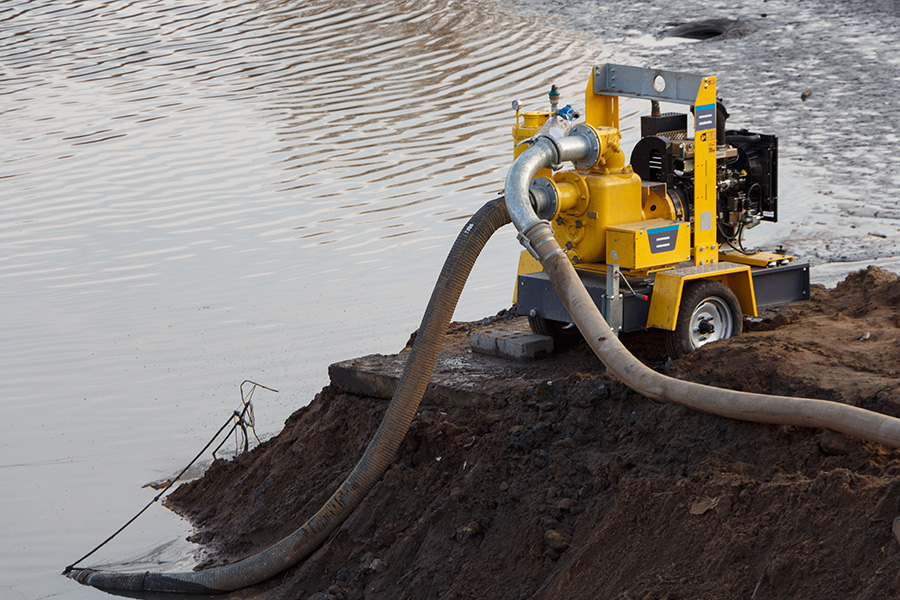
Submersible sump pumps contain the pump and motor in one unit. They sit submerged and closed inside a basin in your basement.
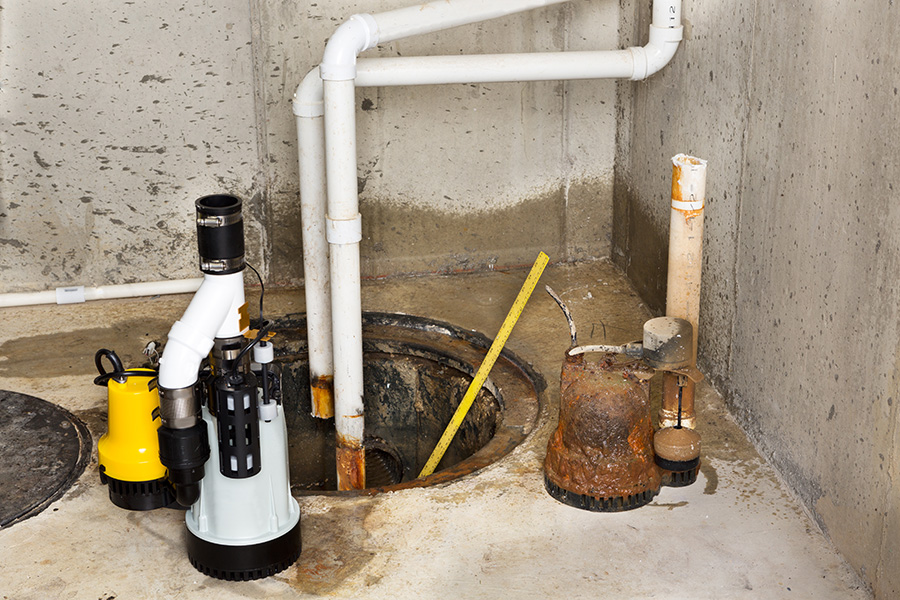
Pedestal sump pumps consist of a separate motor and pump. The motor sits on a pedestal above the basin, with a hose running to the basin where the pump is placed. The pump sends water through the hose and out to your designated drain area.
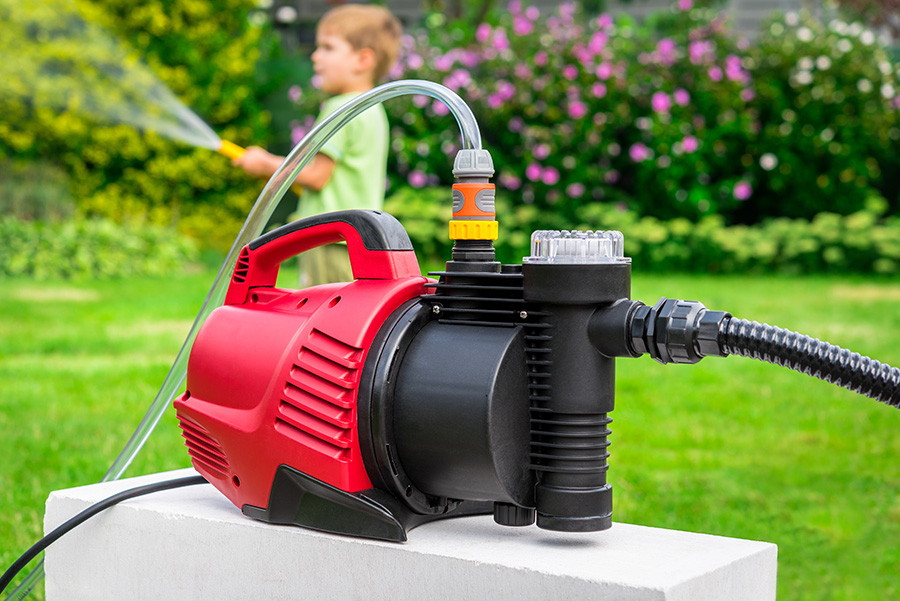
Battery-operated backups provide some extra security from flood damage. A battery backup with a float switch allows your sump pump to operate even when your power is out during a storm when you need it the most. When the power goes out the main source of power for the pump does too. Water rises in the basin and the float switch is triggered sending your battery operation into action.
You might also consider installing a sump pump alarm if your current sump pump does not have one. Sump pump alarms are designed to alert you when your sump pit is filling up and the water level is rising too high.
Hot tip: In the event of a flood, DO NOT enter your basement or outbuildings. High water levels can often rise above the level of electrical outlets and panels, and electrically powered equipment such as baseboard heaters and furnaces. Electricity can move through water or wet flooring, resulting in exposure to severe electrical shock.
Build your defences
While sump pumps are an important tool for keeping your basement flood free, you can also protect your home by ensuring it is as waterproof as possible.
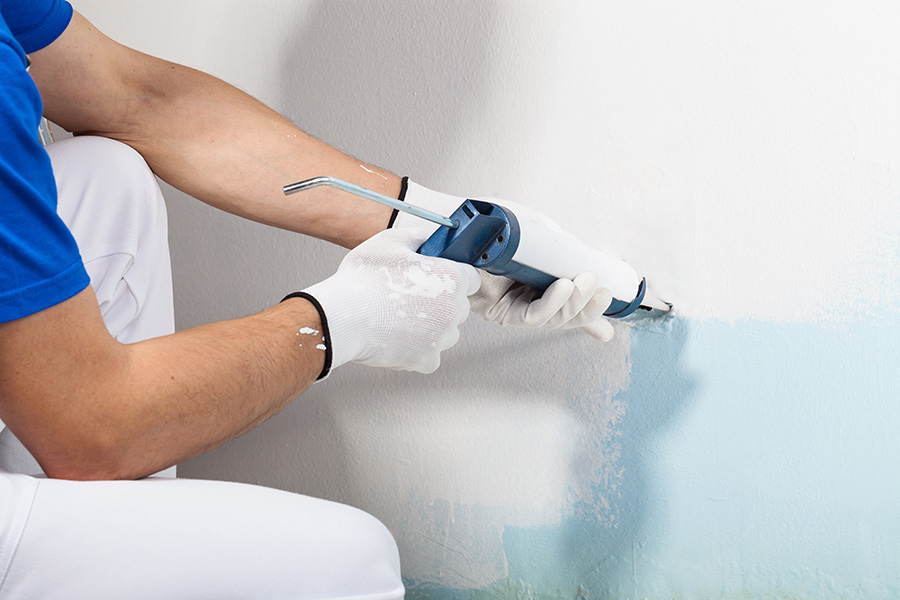
Waterproofing: Basements can flood because of holes in a wall that water can seep through. If water leaks through the walls in your home, adding a waterproof caulking compound to the cracks can help reduce the amount of water reaching your basement.
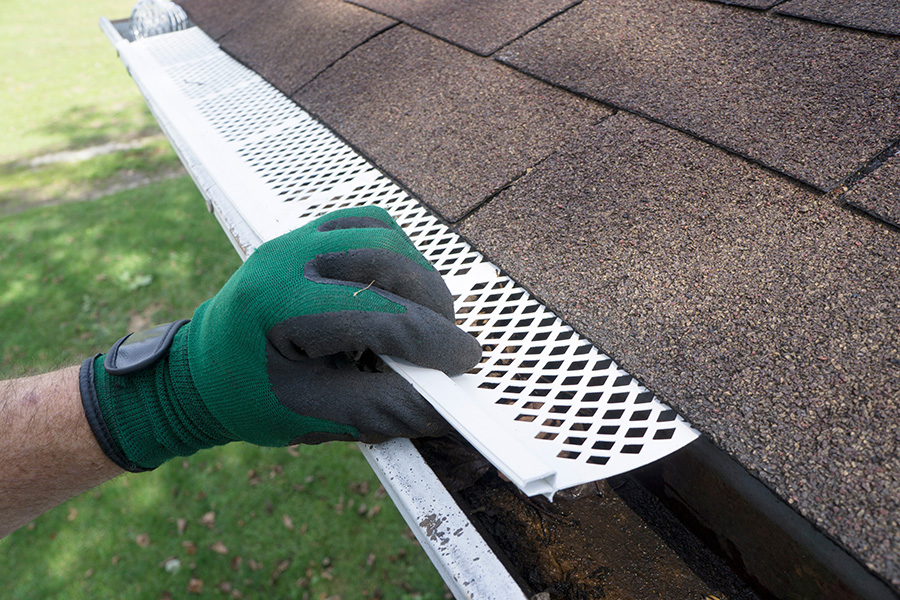
Gutters: Basements sometimes flood because gutters are not effectively moving water away from the foundation of your home. Leaves, twigs, and other debris can clog gutters and downspouts and prevent them from draining water. Installing gutter guards and filters on your downspouts are effective ways to ensure they remain clutter-free and continue to move water out and away from your foundation. Even without these devices, regular cleaning in the spring and fall are great ways to maintain your gutters and downspouts, preventing them from getting clogged and causing water damage to your home.
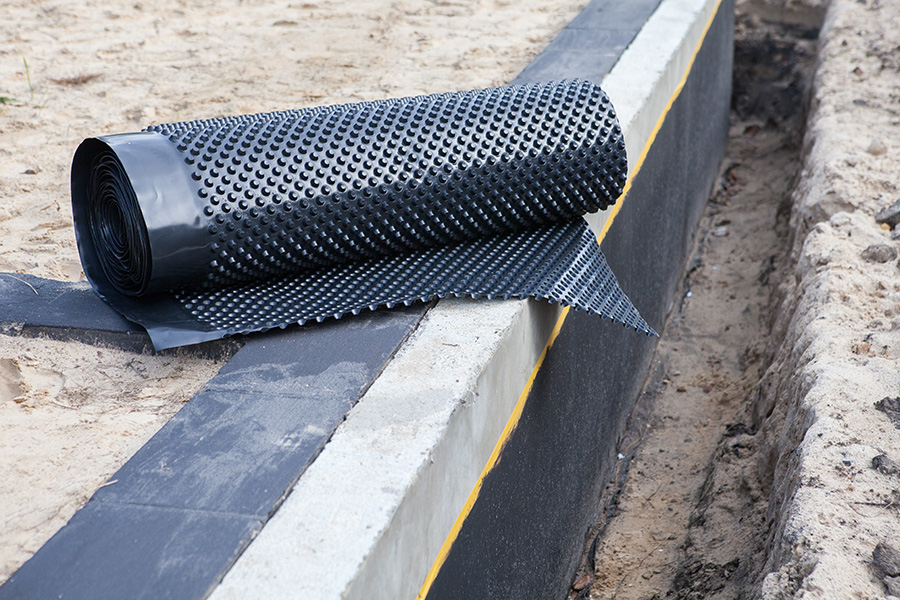
Landscaping: Leakage can also occur when there is an accumulation of water outside a basement wall or floor that is adjacent to a crack or defect. Sloping, also known as grading, involves creating a slight slope around a home before construction. As homes age, this slope can become level or even reversed. Ideally, a home’s soil should slope away from the house for at least 1.5 m (5 ft.): 5%, i.e., approximately 19 mm per 300 mm (3/4 in. per ft.). While sloping is always done during construction, adding soil around a home can help correct grading that deteriorates over time. Surface drainage should be directed away from window wells, exterior stairwells, and decks.
Home electrical systems
Hydro Ottawa-owned overhead power lines are usually not found on private property, but rather run along the road and supply power to multiple customers.
Electrical service repairs
If storms or unforeseen circumstances have caused serious damage to your home's electrical system, Hydro Ottawa may not be able to reconnect your power until repairs are complete.
Even if you do not have power or never lost it, there may still be damage that needs to be repaired. In some cases, temporary repairs may be allowed to enable immediate power restoration; however, these repairs will need to be made permanent in a timely manner.